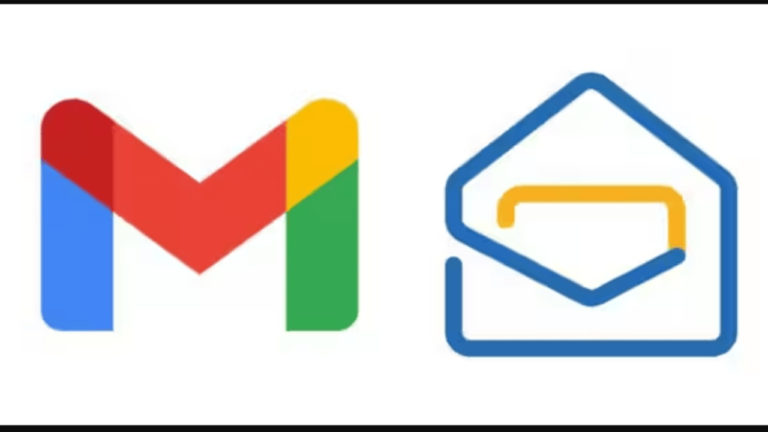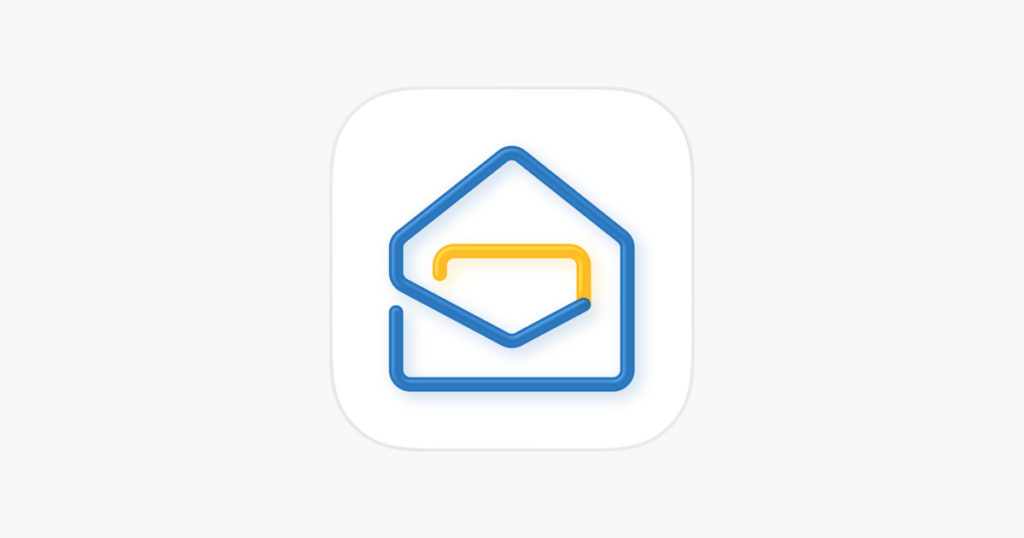- General
- Updated on October 15, 2025
Zoho Mail vs Gmail: Which Email Platform Is Better for Businesses in 2025?

Email remains the backbone of modern business communication, and choosing the right platform can make a huge difference in productivity, collaboration, and security. While Gmail has long been the go-to choice for businesses worldwide, Zoho Mail has steadily gained traction as a powerful, privacy-focused alternative.
As we step into 2025, many organizations are re-evaluating their digital tools to balance cost, performance, and data privacy. If you’re a business owner or IT manager trying to decide between Zoho Mail and Gmail, this detailed comparison will help you understand which email service best fits your company’s needs.
Understanding Zoho Mail and Gmail
Before comparing features, it’s important to understand what each platform offers and how they’re positioned in the business email market.
What Is Zoho Mail?

Zoho Mail is part of the Zoho Workplace suite—a comprehensive set of cloud-based productivity tools designed for businesses of all sizes. Known for its ad-free interface and strong privacy standards, Zoho Mail provides professional email hosting with custom domain support.
Zoho’s focus is on secure, ad-free communication and seamless integration with other Zoho apps like Zoho CRM, Projects, and Cliq. It’s particularly popular among small and medium-sized businesses that value affordability without compromising performance.
What Is Gmail for Business (Google Workspace)?
Gmail for Business is offered through Google Workspace, a robust suite of collaboration and productivity tools including Google Drive, Docs, Sheets, Meet, and Calendar. It’s a trusted choice for businesses due to its reliability, scalability, and deep integration with Google’s ecosystem.
Gmail stands out for its powerful AI features, smart organization tools, and seamless real-time collaboration—ideal for fast-paced teams and enterprises.
Ease of Use and Interface
The user experience plays a big role in daily productivity, and both Zoho Mail and Gmail offer clean, user-friendly interfaces—but with slightly different focuses.
Zoho Mail Interface
Zoho Mail’s interface is professional and clutter-free, designed for business use. Its no-ad policy creates a distraction-free workspace. The layout includes customizable folders, labels, and filters that make email organization simple and efficient.
Zoho Mail also supports conversation view, dark mode, and quick shortcuts, which help users manage large volumes of mail easily.
Gmail Interface
Gmail’s interface is modern and familiar to most users. It automatically categorizes emails into Primary, Social, and Promotions tabs, which helps separate personal and business messages.
With the latest Google Workspace updates, Gmail integrates directly with Chat, Spaces, and Meet, turning the inbox into a central hub for communication and collaboration. For users already embedded in Google’s ecosystem, the experience feels seamless and intuitive.
Verdict: Gmail offers a slightly more polished and integrated workspace experience, while Zoho Mail focuses on simplicity and a distraction-free environment.
Email Features and Productivity Tools
Both platforms go beyond basic email hosting, offering features that enhance productivity and team collaboration.
Zoho Mail Features
Zoho Mail includes advanced features designed for business efficiency:
- Streams: A built-in collaboration tool that turns emails into chat-like discussions, reducing inbox clutter.
- Custom domains: Easily host emails on your own domain for a professional identity.
- Offline mode: Read, compose, and manage emails without an internet connection.
- Shared folders and filters: Allow teams to manage client communication collaboratively.
- Integrations: Works smoothly with other Zoho apps and third-party tools like Slack and Microsoft Teams.
Gmail Features
Gmail is packed with AI-powered and collaborative tools:
- Smart Compose and Smart Reply: Predictive typing and quick responses save time.
- Priority Inbox: Automatically sorts important emails from less relevant ones.
- Google Meet integration: Schedule or join video calls directly from your inbox.
- Add-ons and integrations: Connects with thousands of third-party tools including Trello, Zoom, and Salesforce.
- Powerful search filters: Google’s search technology makes finding old emails fast and precise.
Verdict: Gmail takes the lead in AI-driven productivity, but Zoho Mail’s built-in team collaboration tools like Streams give it a unique edge for internal communication.
Storage and File Management
Storage space is vital for businesses dealing with large attachments and frequent email exchanges.
Zoho Mail Storage
Zoho Mail’s business plans start with 5 GB per user on the free tier and go up to 50 GB or more for premium plans. Additional storage can be purchased as needed. Files can be managed through Zoho WorkDrive, which integrates seamlessly with the email platform.
Gmail Storage
Gmail’s storage is shared across Google Workspace apps such as Drive, Photos, and Docs. The base plan offers 30 GB per user, while higher-tier plans provide 2 TB or unlimited storage for enterprises.
Verdict: Gmail offers more generous storage limits overall, making it ideal for larger businesses or data-heavy users.
Security and Privacy
Data security and privacy are critical for businesses handling sensitive information.
Zoho Mail Security
Zoho Mail prioritizes privacy and complies with major data protection regulations such as GDPR and CCPA. It features:
- End-to-end encryption for data in transit and at rest.
- Two-factor authentication (2FA).
- Spam filters and malware detection.
- Ad-free email environment — Zoho does not scan user emails for advertising purposes.
This privacy-first approach makes Zoho Mail attractive for organizations that value strict data protection.
Gmail Security
Gmail provides enterprise-grade security backed by Google’s global infrastructure. Features include:
- Advanced phishing and malware detection powered by AI.
- 2-step verification and security key support.
- Confidential mode to set expiration dates for emails.
- Regular security updates and compliance with major certifications (ISO/IEC 27001, GDPR).
However, some businesses have concerns about Google’s data collection practices for analytics and service improvement.
Verdict: Both are highly secure, but Zoho Mail wins on privacy because of its stronger stance against ad tracking and data mining.
Pricing and Value for Money
Pricing can be a deciding factor, especially for startups and small businesses.
Zoho Mail Pricing (2025)
Zoho Mail remains one of the most affordable business email options:
- Free Plan: Up to 5 users with 5 GB each (custom domain not included).
- Mail Lite: Around $1 per user/month with 5 GB storage.
- Mail Premium: Around $4 per user/month with 50 GB storage and advanced features.
Gmail (Google Workspace) Pricing (2025)
Gmail’s business email is part of Google Workspace:
- Business Starter: $6 per user/month with 30 GB storage.
- Business Standard: $12 per user/month with 2 TB storage.
- Business Plus and Enterprise: Higher plans with more features and admin controls.
Verdict: Zoho Mail offers excellent value for small and medium businesses, while Gmail is better suited for larger organizations that need extensive storage and collaboration tools.
Integration and Ecosystem
The right email platform should work seamlessly with the tools your team already uses.
- Zoho Mail integrates best within the Zoho ecosystem — including CRM, Projects, and Workplace apps. It also supports integrations with Microsoft Teams, Zapier, and Slack.
- Gmail, part of Google Workspace, connects naturally with Docs, Sheets, Meet, and Drive. It also has a vast marketplace of third-party integrations.
Verdict: Gmail wins in ecosystem versatility, but Zoho Mail offers deep, native integrations for Zoho users.
Read Also: How Small Businesses in India Are Using Social Media Marketing
Final Verdict: Which Is Better for Businesses in 2025?
Both Zoho Mail and Gmail are powerful business email platforms, but the right choice depends on your company’s priorities:
- Choose Zoho Mail if you want:
- Affordable pricing for small teams.
- A privacy-first, ad-free experience.
- Seamless integration with Zoho’s business apps.
- Choose Gmail if you want:
- Deep integration across Google Workspace.
- AI-powered productivity and collaboration tools.
- High storage and scalability for larger organizations.
In 2025, Zoho Mail stands out for cost-effectiveness and privacy, while Gmail remains the powerhouse for large, collaborative teams. The best choice comes down to whether you value simplicity and privacy (Zoho) or AI-driven productivity and ecosystem integration (Gmail).
Join the discussion
Related Articles
No results available
ResetTrending Articles


- General
- Updated on December 5, 2025


- General
- Updated on December 2, 2025


- General
- Updated on December 5, 2025


- General
- Updated on November 27, 2025


- Health
- Updated on November 24, 2025


- General
- Updated on November 24, 2025


- General
- Updated on November 19, 2025


- General
- Updated on November 19, 2025


- General
- Updated on November 14, 2025


- Tech
- Updated on November 12, 2025
No results available
Reset


